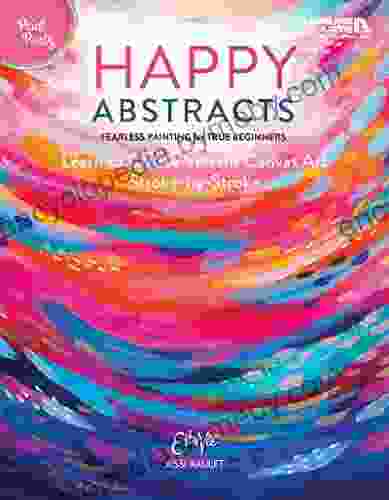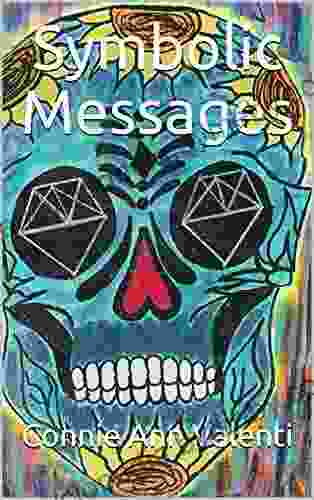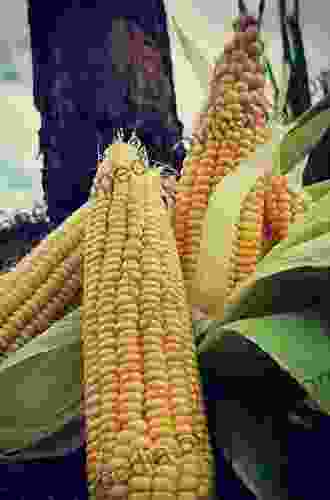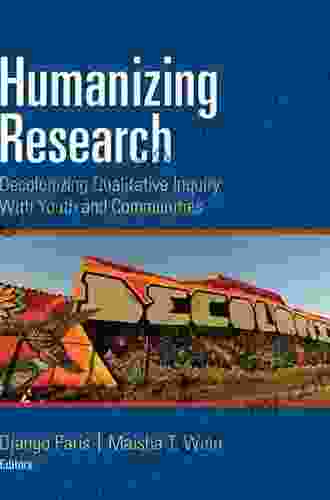Maize Cobs: Unlocking the Secrets of Ancient Cultures

Maize, or corn, is a ubiquitous crop that has sustained civilizations for millennia. Its cobs, the cylindrical structures containing the kernels, hold not only nutritional value but also a wealth of cultural significance. In this article, we embark on a captivating exploration of maize cobs, unraveling their profound impact on the development and identity of ancient cultures around the world.
4 out of 5
| Language | : | English |
| File size | : | 9143 KB |
| Text-to-Speech | : | Enabled |
| Screen Reader | : | Supported |
| Enhanced typesetting | : | Enabled |
| Print length | : | 678 pages |
Maize Cobs in Mesoamerica
The origins of maize cultivation can be traced back to Mesoamerica, specifically the region known as the Tehuacán Valley in present-day Mexico. Archaeological evidence suggests that wild maize was domesticated as early as 7,000 years ago. Maize quickly became a staple food source and played a central role in the development of advanced civilizations such as the Maya, Aztec, and Inca.
In Mesoamerican cultures, maize cobs were not merely sustenance but also sacred objects. They were revered as symbols of fertility, abundance, and the life-giving powers of nature. Maize cobs were often used in religious rituals and ceremonies, representing the cycle of life and the bond between humans and the divine.
Maize Cobs in South America
Maize cultivation spread from Mesoamerica to South America, where it became an equally important crop for indigenous civilizations. In the Andes region, the Inca Empire developed an elaborate system of agriculture that included maize as a primary food source. Maize cobs were used in ceremonies and festivals, and they were also buried with the dead as a symbol of hope and rebirth.
Among the Our Book Libraryian tribes, maize cobs were used to create a fermented beverage known as chicha. Chicha played a significant role in social and religious rituals, serving as a means of communication with the spirit world and facilitating communal gatherings.
Maize Cobs in North America
Native American tribes in North America also cultivated maize, and it became an essential part of their diet and culture. The Iroquois Confederacy, for instance, held the White Dog Feast, a sacred ceremony in which a white dog was sacrificed and maize was offered to the gods. Maize cobs were also used by Native Americans for medicinal purposes, treating ailments such as indigestion and fever.
The intricate designs and patterns found on maize cobs inspired Native American art and crafts. Artisans carved maize cobs into intricate figures, and the designs were often woven into baskets, pottery, and clothing.
Maize Cobs in Africa
Maize was introduced to Africa by European colonizers in the 16th century, and it quickly became a staple crop in many regions. In West Africa, maize cobs were used to create a popular dish called fufu, a soft and sticky food that is often served with soups or stews.
In East Africa, maize cobs were used in traditional brewing methods. The cobs were used to make a fermented beverage known as chang'aa, which is still widely consumed in Kenya and Tanzania.
Maize Cobs in Asia
Maize was introduced to Asia by Portuguese traders in the 16th century, and it quickly gained popularity as a food source and a raw material for various industries. In China, maize cobs were used to produce a sweet syrup known as corn syrup, which is widely used in food and beverage manufacturing.
In Southeast Asia, maize cobs were used to feed livestock and also as a fuel source. The husks of maize cobs were used for roofing and other building materials.
Cultural Significance of Maize Cobs
Throughout history, maize cobs have held profound cultural significance in societies across the world. They have been used in religious rituals, ceremonies, festivals, and social gatherings. Maize cobs have also inspired art, crafts, music, and literature.
The cultural significance of maize cobs extends beyond their practical utility as a food source. They have become symbols of fertility, abundance, and prosperity. Maize cobs have also been used to represent the cycle of life, the connection between humans and nature, and the hope for a better future.
Maize cobs are more than just the edible kernels they contain. They are vessels of cultural history and significance, embodying the beliefs, traditions, and identities of ancient civilizations. By exploring the diverse roles that maize cobs have played in shaping cultures around the world, we gain a deeper appreciation for the intricate tapestry of human history and the enduring power of nature.
4 out of 5
| Language | : | English |
| File size | : | 9143 KB |
| Text-to-Speech | : | Enabled |
| Screen Reader | : | Supported |
| Enhanced typesetting | : | Enabled |
| Print length | : | 678 pages |
Do you want to contribute by writing guest posts on this blog?
Please contact us and send us a resume of previous articles that you have written.
 Book
Book Novel
Novel Page
Page Chapter
Chapter Text
Text Story
Story Genre
Genre Reader
Reader Library
Library Paperback
Paperback E-book
E-book Magazine
Magazine Newspaper
Newspaper Paragraph
Paragraph Sentence
Sentence Bookmark
Bookmark Shelf
Shelf Glossary
Glossary Bibliography
Bibliography Foreword
Foreword Preface
Preface Synopsis
Synopsis Annotation
Annotation Footnote
Footnote Manuscript
Manuscript Scroll
Scroll Codex
Codex Tome
Tome Bestseller
Bestseller Classics
Classics Library card
Library card Narrative
Narrative Biography
Biography Autobiography
Autobiography Memoir
Memoir Reference
Reference Encyclopedia
Encyclopedia Cynthia Grady
Cynthia Grady Elinor Burkett
Elinor Burkett Renee D Aoust
Renee D Aoust Mary Beth Baptiste
Mary Beth Baptiste Jaime Karl Hudson
Jaime Karl Hudson Peter A Koenig
Peter A Koenig Lisa Maloney
Lisa Maloney Abraham Flexner
Abraham Flexner Lindsay Mattick
Lindsay Mattick Paola Pugliatti
Paola Pugliatti G Reen
G Reen Mary Poppendieck
Mary Poppendieck A K Blakely
A K Blakely Dr Fiona Mcpherson
Dr Fiona Mcpherson 2005th Edition Kindle Edition
2005th Edition Kindle Edition Three Over Eight Learning
Three Over Eight Learning Chris Worfolk
Chris Worfolk Adam Tooze
Adam Tooze 2 Edition Kindle Edition
2 Edition Kindle Edition Barbara Pietron
Barbara Pietron
Light bulbAdvertise smarter! Our strategic ad space ensures maximum exposure. Reserve your spot today!
 Martin CoxFollow ·12k
Martin CoxFollow ·12k Chris ColemanFollow ·3.4k
Chris ColemanFollow ·3.4k Jace MitchellFollow ·9.3k
Jace MitchellFollow ·9.3k Derrick HughesFollow ·10.8k
Derrick HughesFollow ·10.8k Ray BlairFollow ·17.3k
Ray BlairFollow ·17.3k Jack ButlerFollow ·2.8k
Jack ButlerFollow ·2.8k Lee SimmonsFollow ·17.5k
Lee SimmonsFollow ·17.5k Heath PowellFollow ·18.2k
Heath PowellFollow ·18.2k

 Timothy Ward
Timothy WardFearless Painting for True Beginners: Learn to Create...
Unlock the Joy of...

 Fernando Pessoa
Fernando PessoaProven 12-Step Program for Financial Peace of Mind:...
Are you struggling with...

 Chinua Achebe
Chinua AchebeLayers Colors Desire: Layers Colors Thoughts Mystery
A Literary Labyrinth...

 Fernando Bell
Fernando BellUnearth Hidden Treasures: Journey Through "Secondhand...
Prepare to embark on an extraordinary...

 Caleb Carter
Caleb CarterSymbolic Messages Garage Sale Mysteries: Unveiling the...
Welcome to the extraordinary world of the...

 Nikolai Gogol
Nikolai GogolTravels in the Billion Dollar Trash Trade: Uncovering the...
Ỡ In his...
4 out of 5
| Language | : | English |
| File size | : | 9143 KB |
| Text-to-Speech | : | Enabled |
| Screen Reader | : | Supported |
| Enhanced typesetting | : | Enabled |
| Print length | : | 678 pages |












